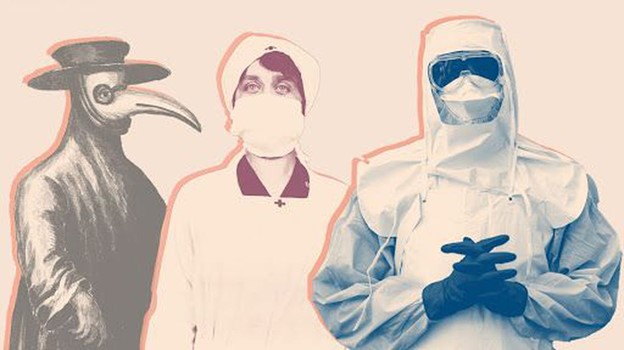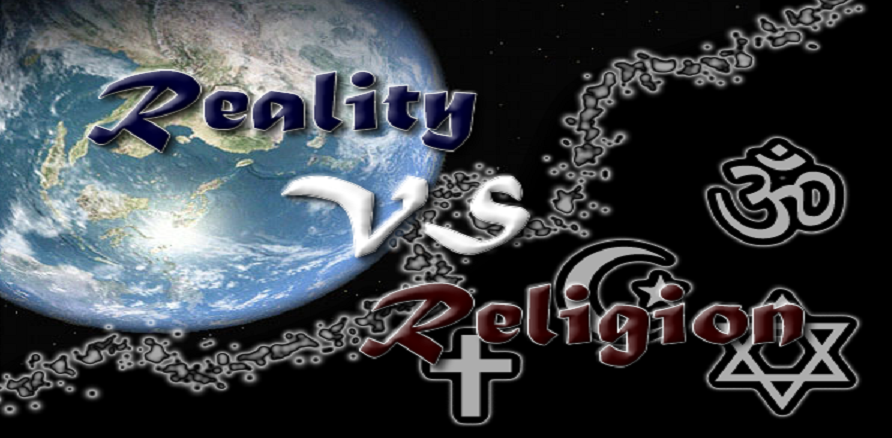Even if we have the most diverse fears, these are not the same as phobias, which indicate a pathological state of restlessness and obsessive fear without an objective or precise cause. Although some phobias are quite common (agoraphobia, photophobia, claustrophobia etc.), there are a number of such unusual manifestations. We will review 10 of them.
Taphophobia
Taphophobia is the fear of being buried alive. Research suggests that this phobia has emerged (and probably reached its peak) during the 1700s, at a time when the plague was aggressive, and people feared that doctors would erroneously declare patients dead. Taphophobia was such a serious phenomenon that the bodies were often stored for a long time before the funeral to ensure they wouldn’t wake up.
Eisoptrophobia
Eisoptrophobia is the fear of mirrors or, more specifically, of seeing your reflection in a mirror. According to several studies, looking into a mirror can cause shame or stress because of eisoptrophobia and can lead to depression.
Ombrophobia
Ombrophobia is the fear of rain. This phobia falls into a category called “natural environment phobias”, including hurricanes (Lilapsophobia), snow (Chionophobia), cold (Cryophobia) and wind (Ancraophobia). According to a recent study, people with these phobias may have more chances of formal education in terms of weather, which would help them “to better understand the potential dangers associated with severe weather”.
Ephebiphobia
Ephebiphobia is the fear of youth. Anthropologists have discovered long time ago that almost every generation of adults has milder forms of this phobia; that is, they perceive adolescents as “uncontrollable and unpredictable”. For adults with more severe forms, spending time with teens can help ward off these fears.
Fear of past lives
There are many researches on people who believe in reincarnation and who claim to remember details of their past lives. A study at the University of Virginia found that some children claiming to remember their previous lives suffer from “unusual” phobias they say are related to those previous lives – and especially how they died. For example, a child may have an intense fear of water that he attributes to death by drowning in his past life.
Hippopotomonstrosesquipedaliophobia
Hippopotomonstrosesquipedaliophobia is not a sadistic joke, as it may seem, but is the fear of long words. Whoever invented the name of this phobia has a sense of humor at least strange. The term is usually used in the context of treating patients with dyslexia, who might fight with unusually long words. It is sometimes referred to as “sesquipedaliophobia”.
Globophobia
Globophobia is a fear of balloons. “After being sensitized in childhood because of the explosion of the balloons, which can cause a state of restlessness, patients tend to avoid getting closer to the balloons”, writes the author of a recent study. The researcher says these patients often face problems when they have children and meet balloons at other children’s birthday parties.
Nomophobia
Nomophobia is a proposed name for the phobia of being out of cellular phone contact. Of course, this is a relatively new phobia and is characterized by the feeling of “anxiety or nervousness” at the thought of losing your smartphone or running out of battery or out of coverage. Although it seems a fad, addiction to smartphones has transformed nomophobia into a very serious medical issue.
Panophobia
Panophobia is the fear of everything and is a term sometimes used to describe patients with generalized anxiety disorders. A recent study found that many panophobic individuals are often scared by darkness or harmless noise. But, in general, people with panophobia have a fear that does not arise from an identifiable cause.
Cibophobia
Cibophobia is the fear of food. And while this seems a bit ridiculous, a case study found that this fear developed when a patient suffered painful muscle spasms after eating or swallowing.







